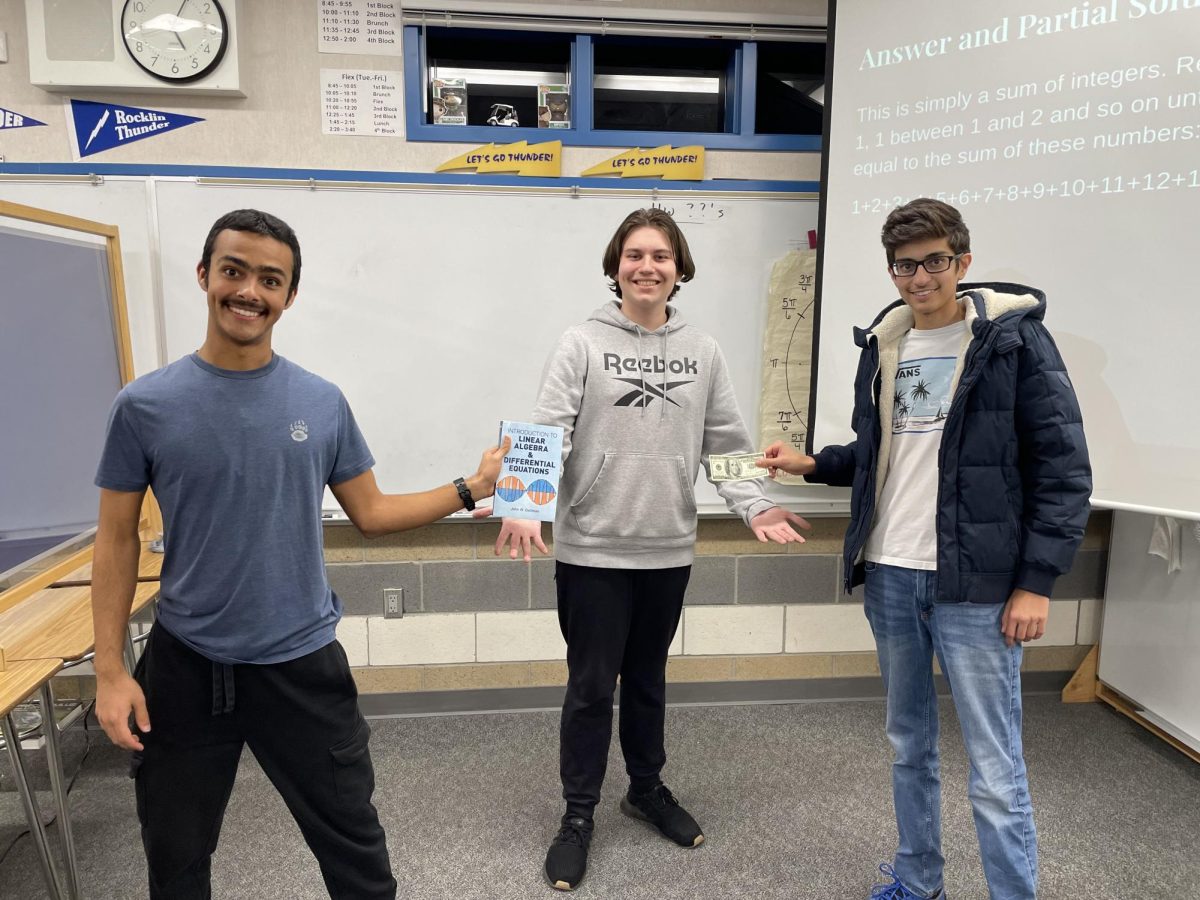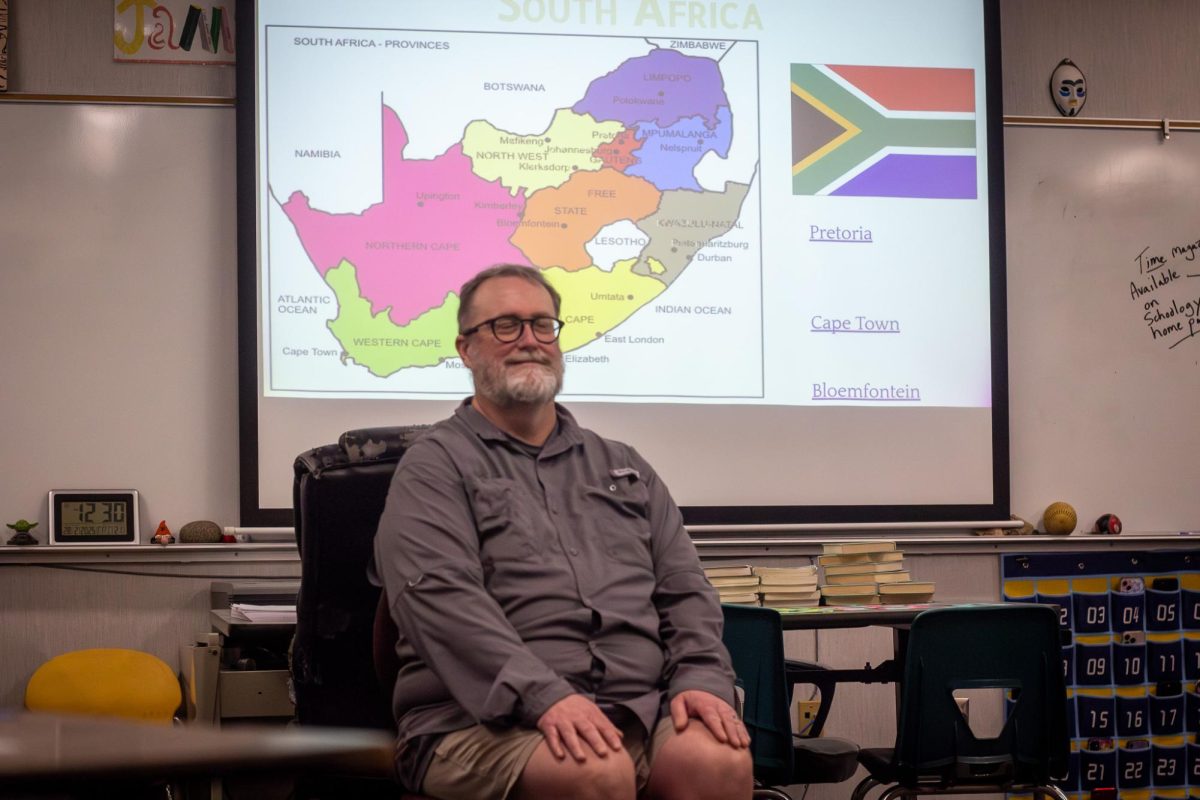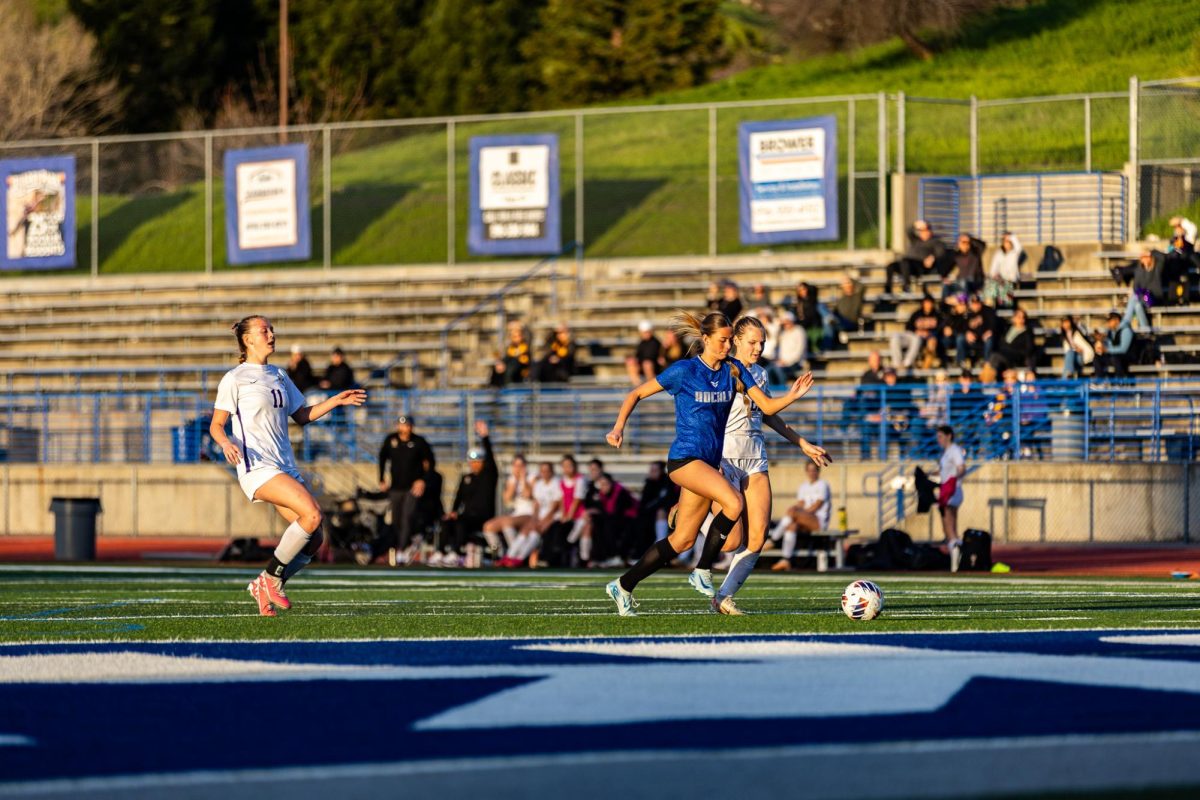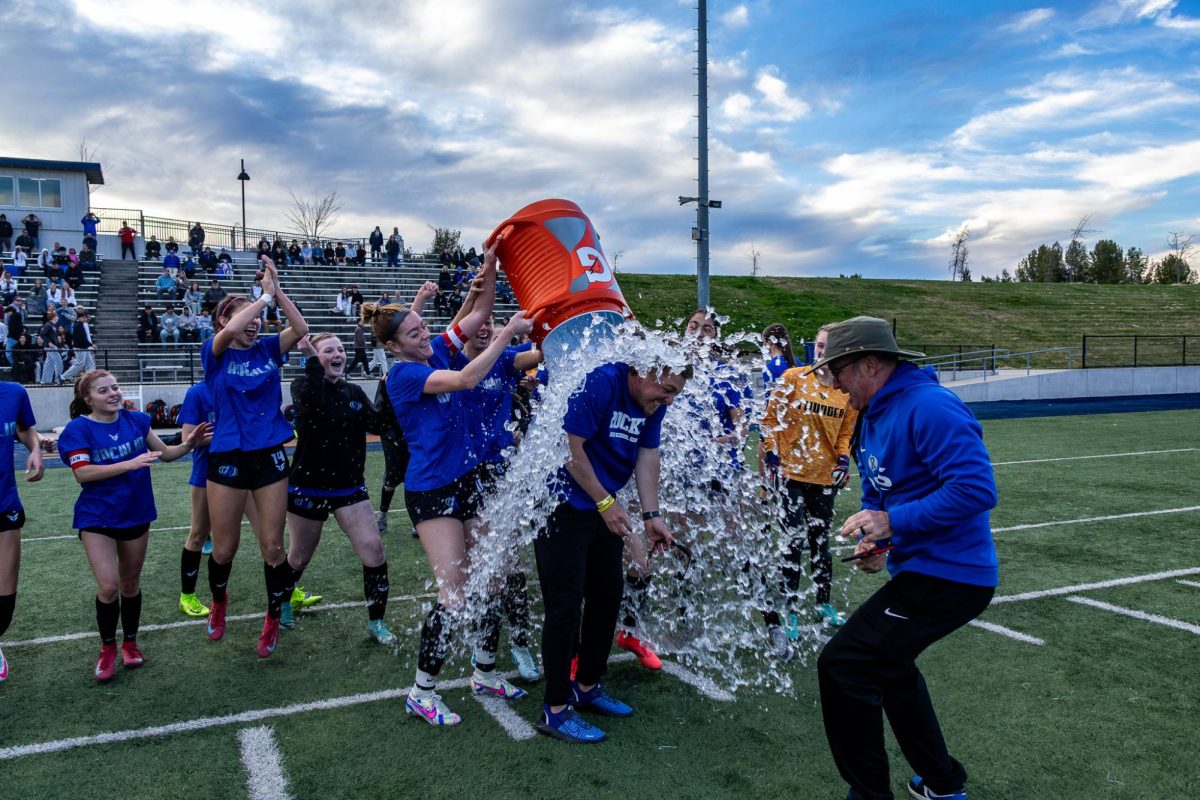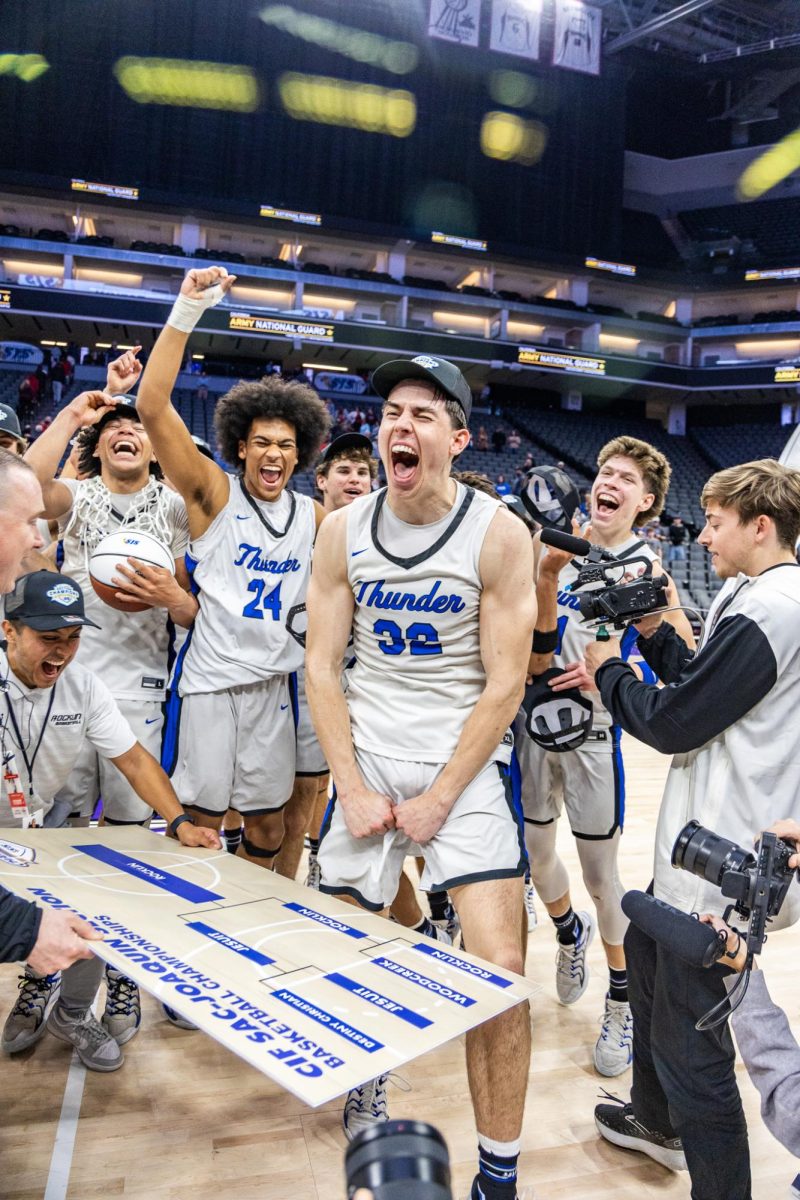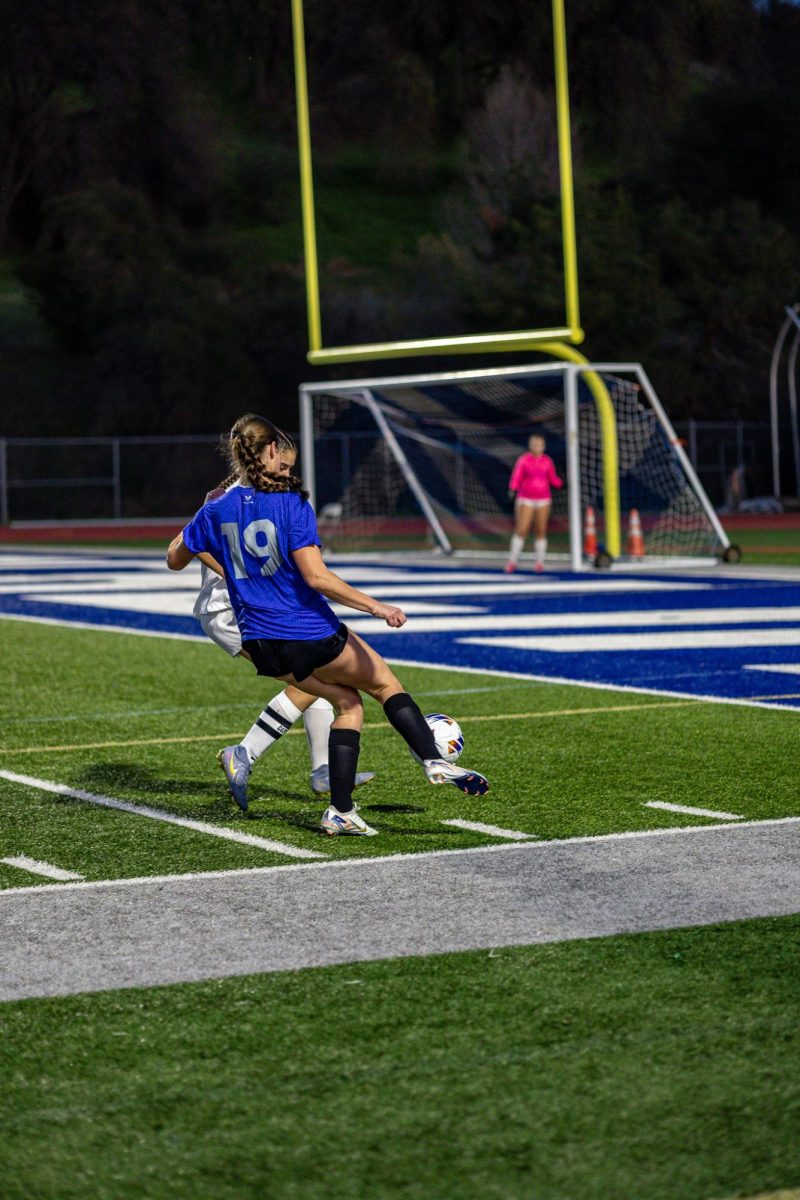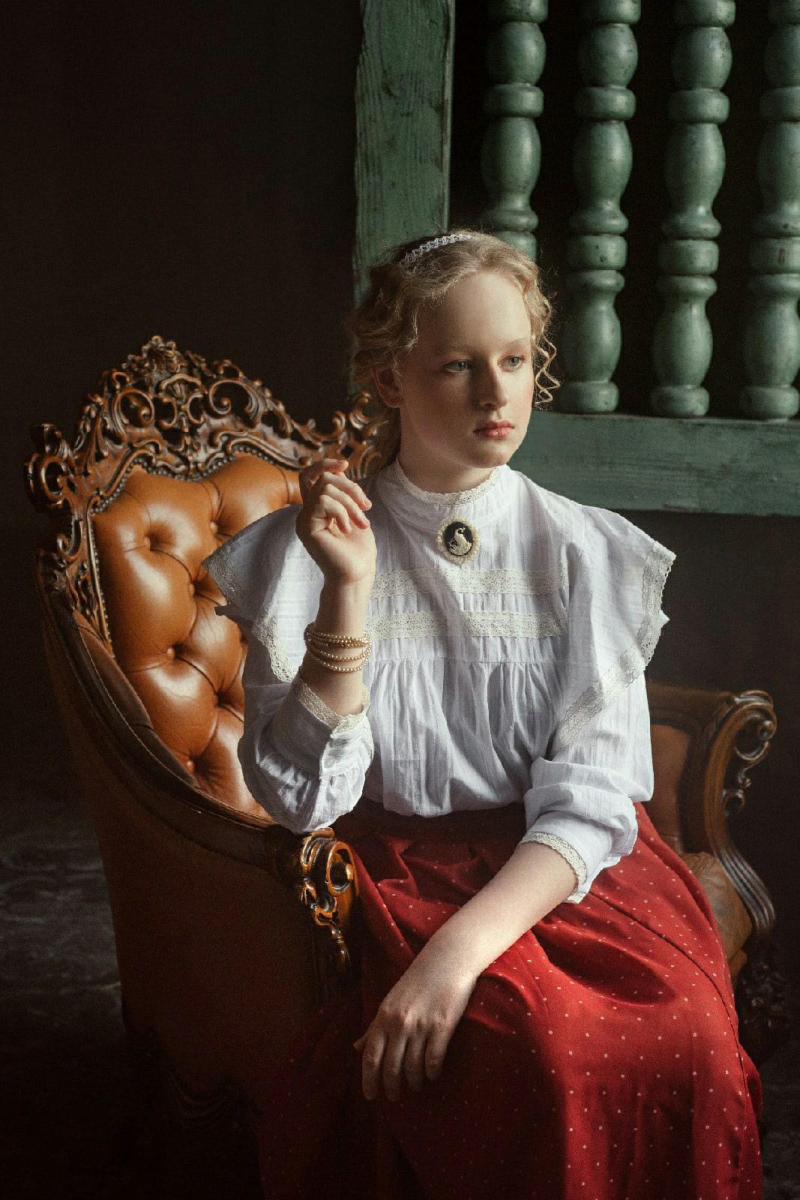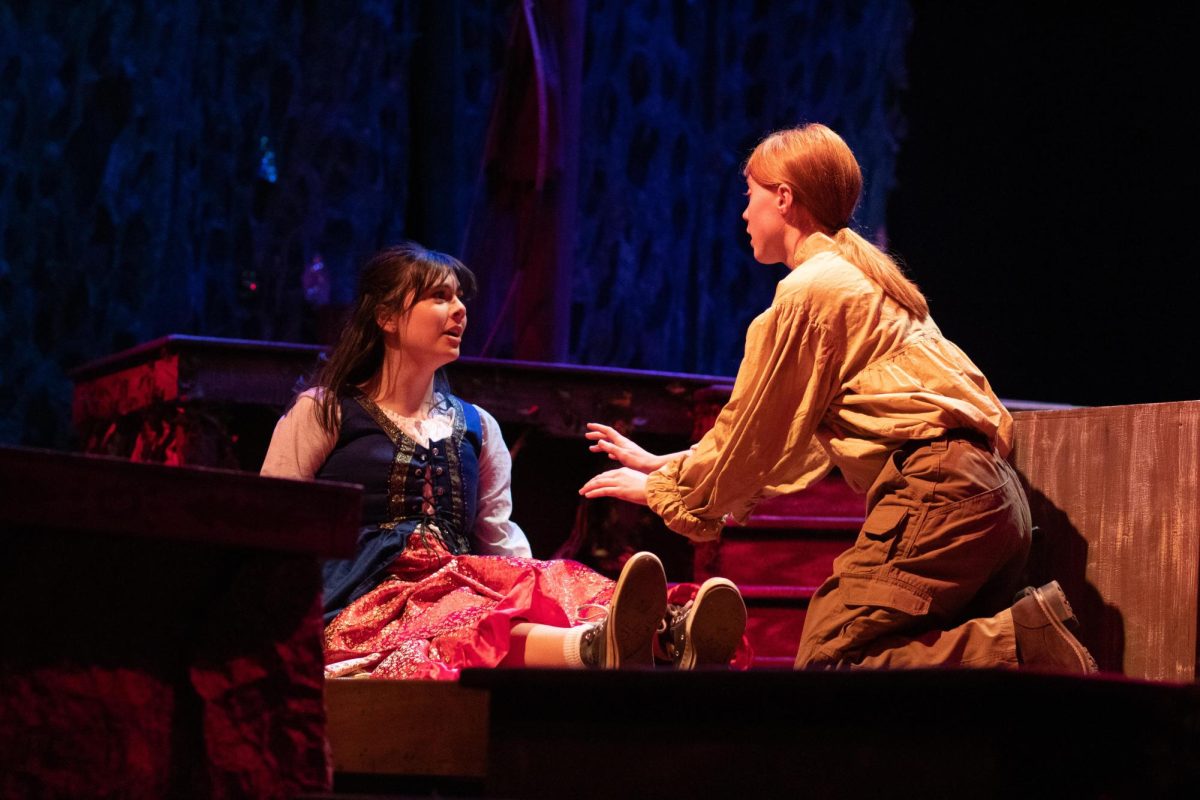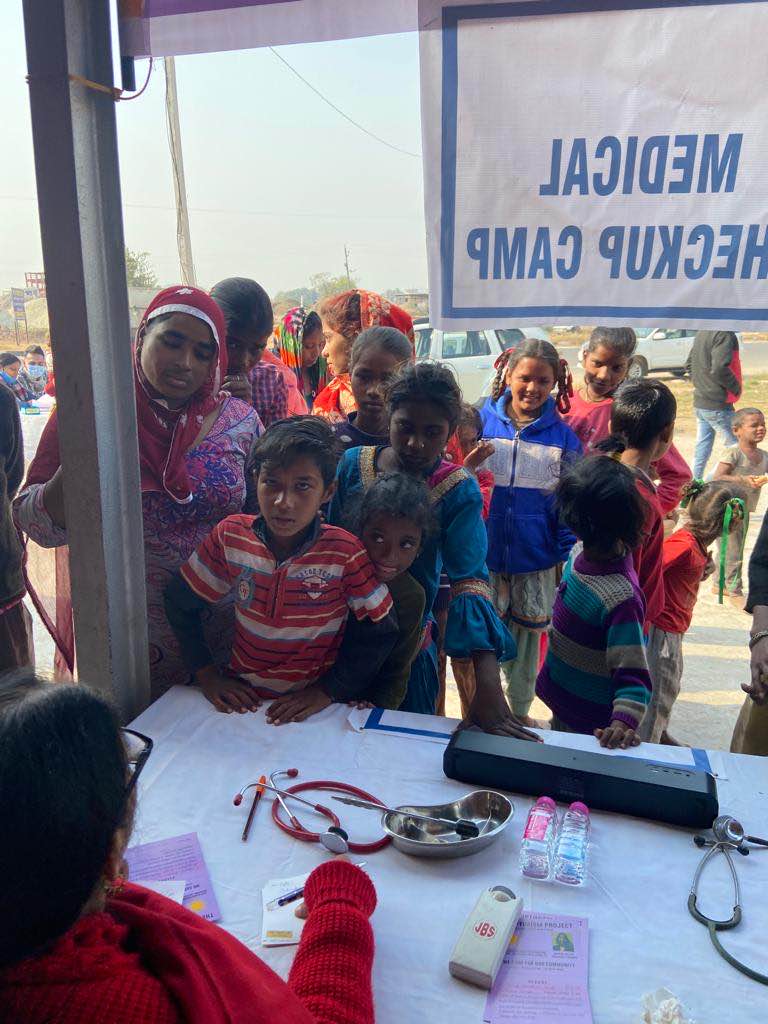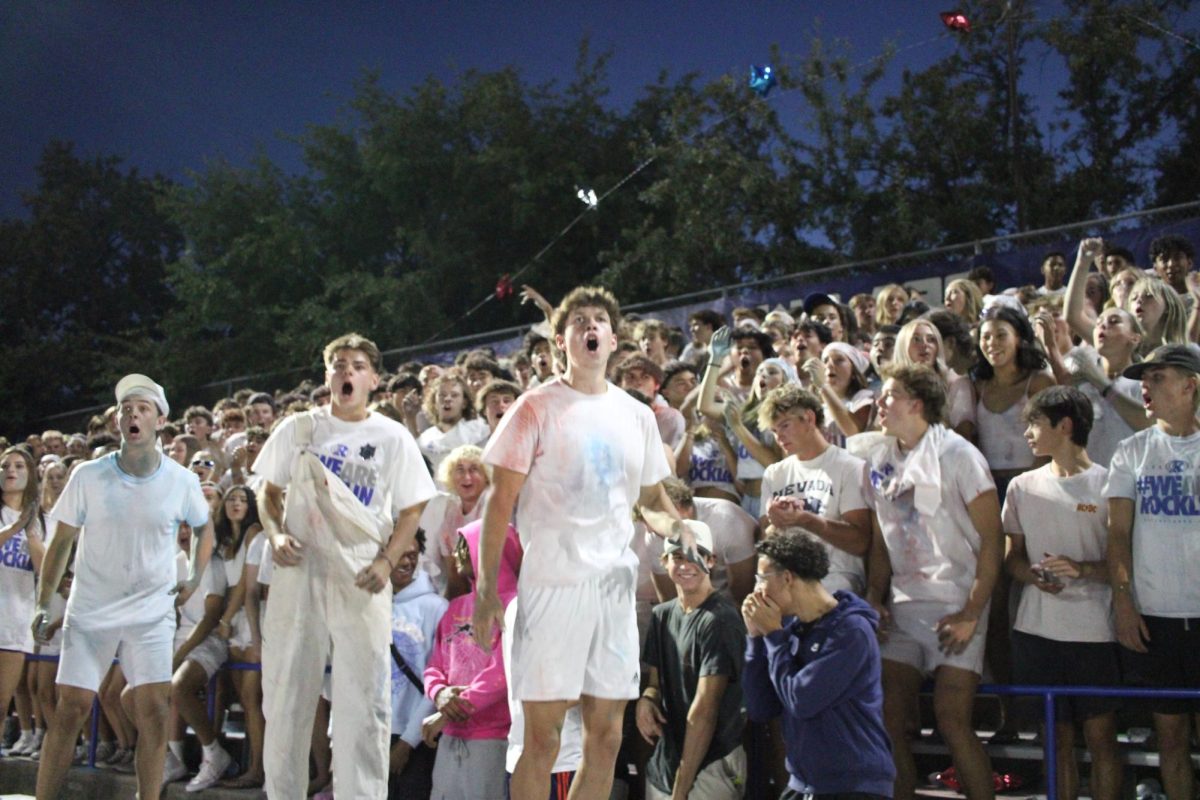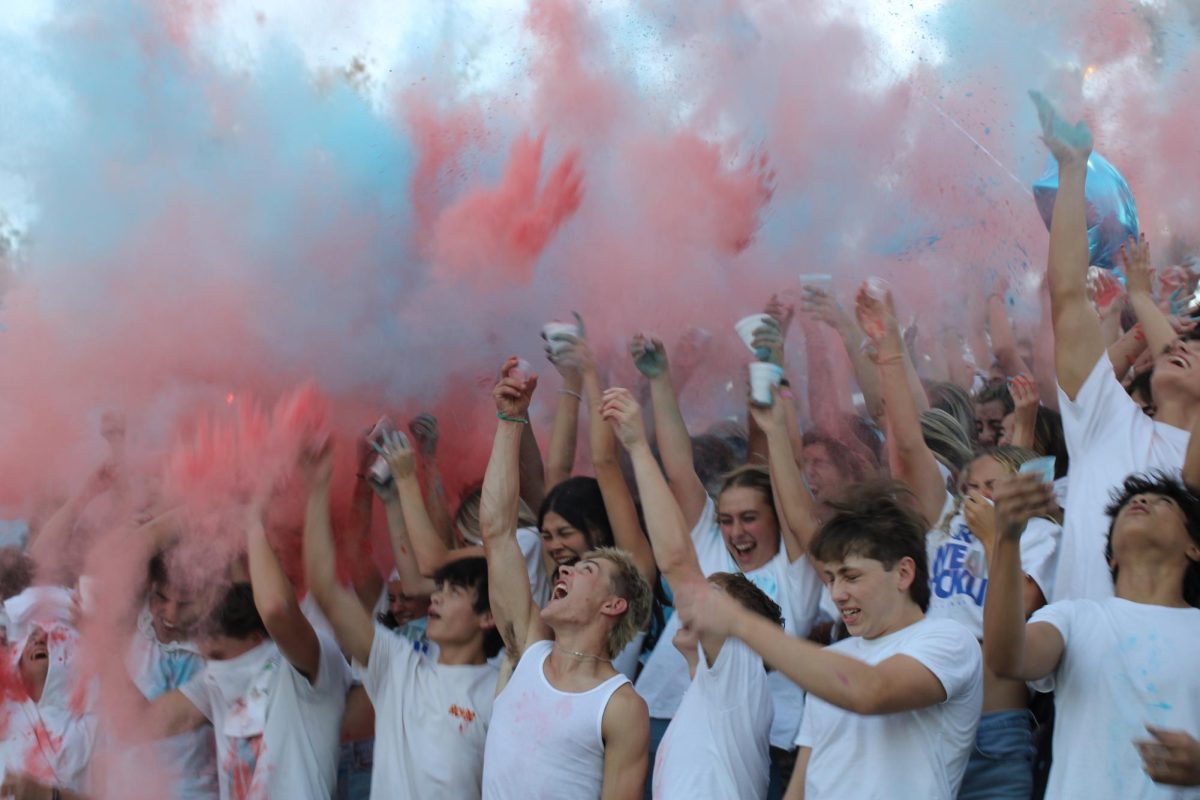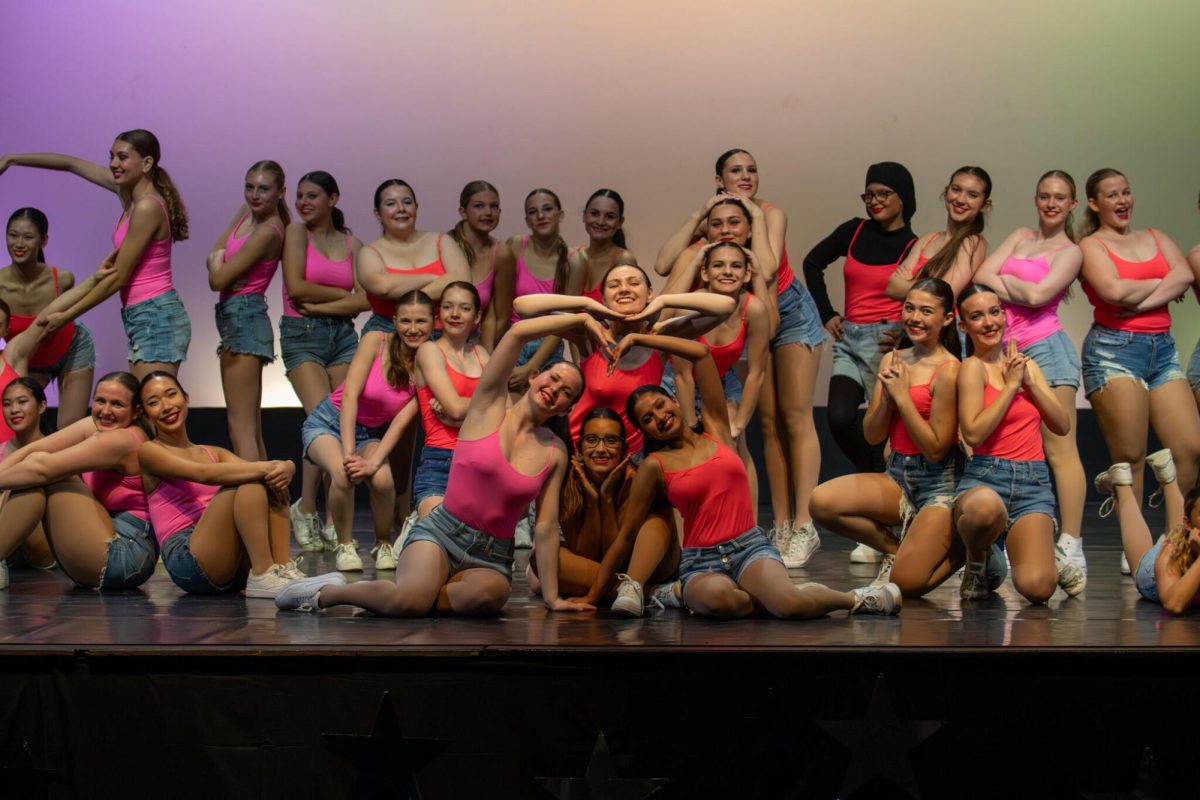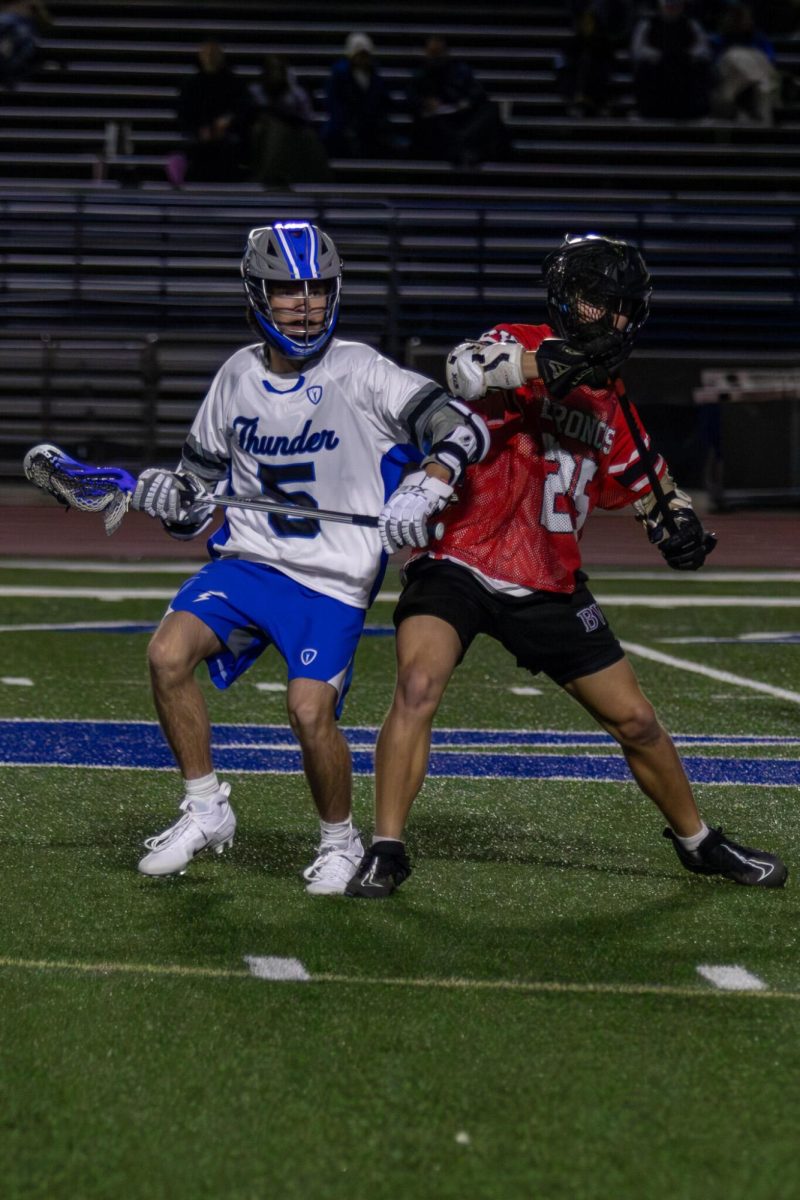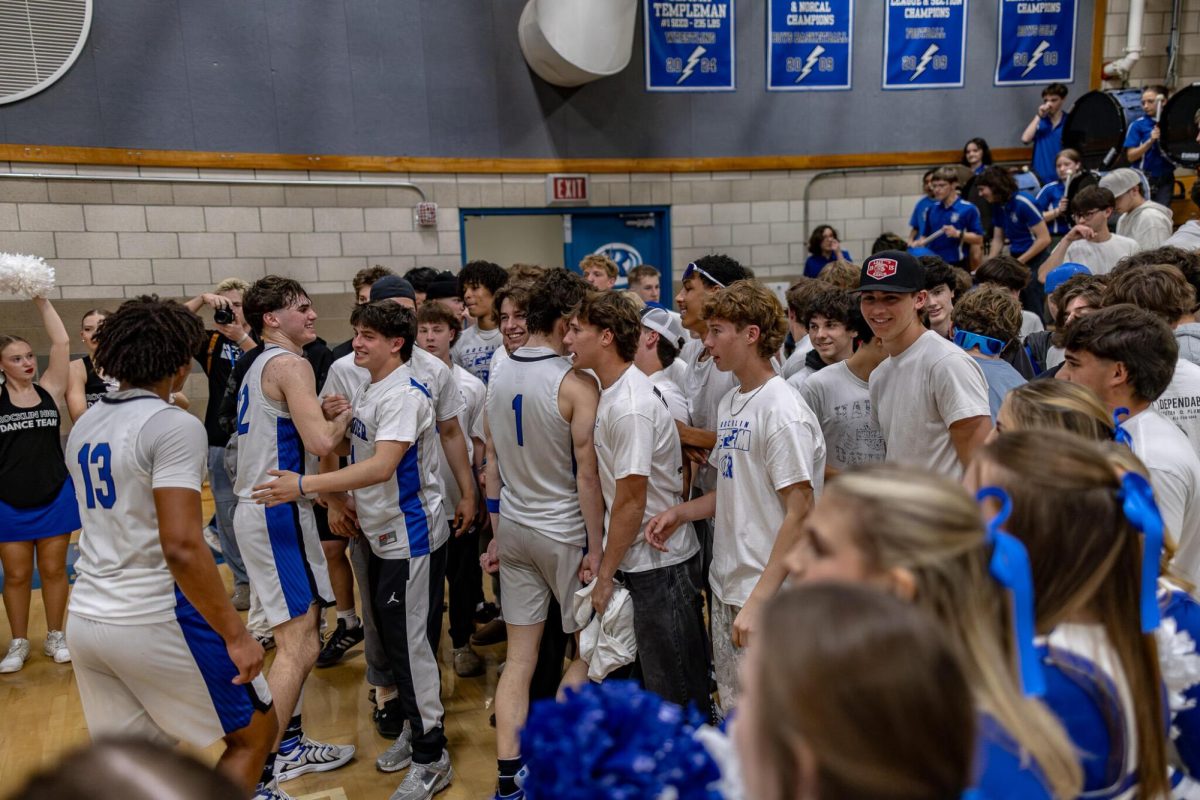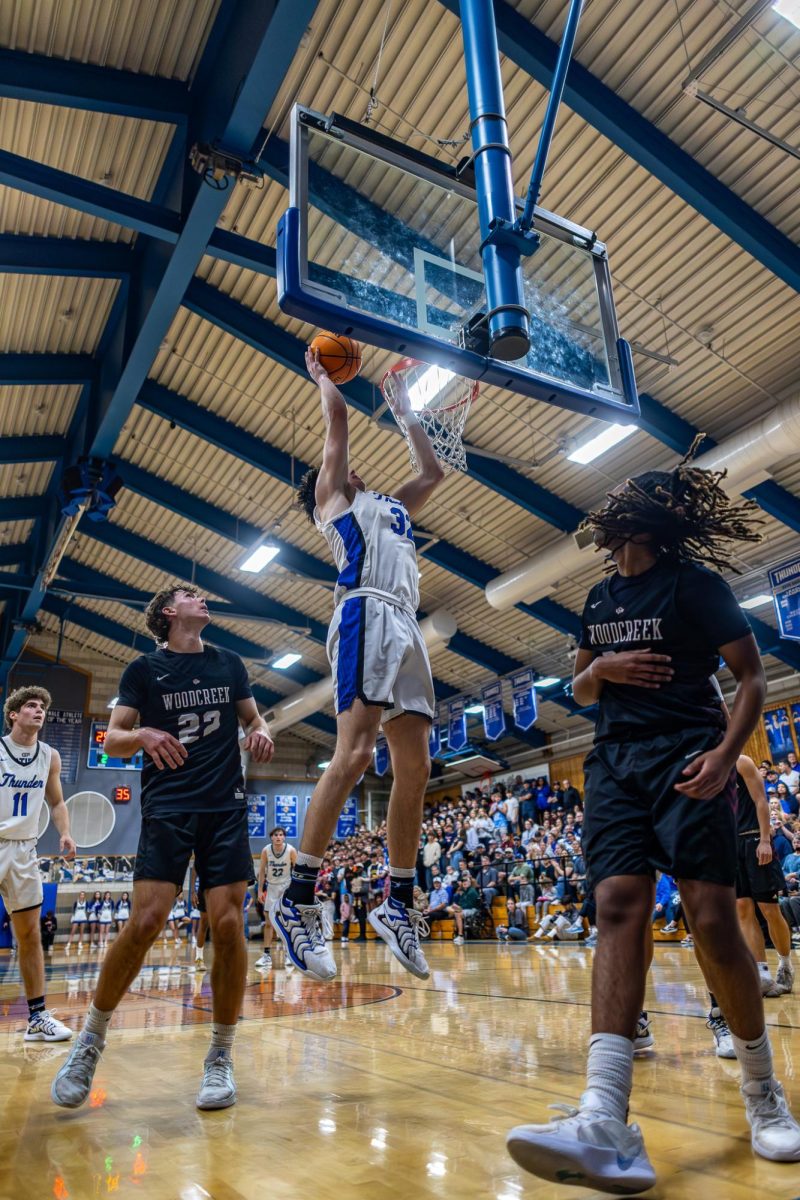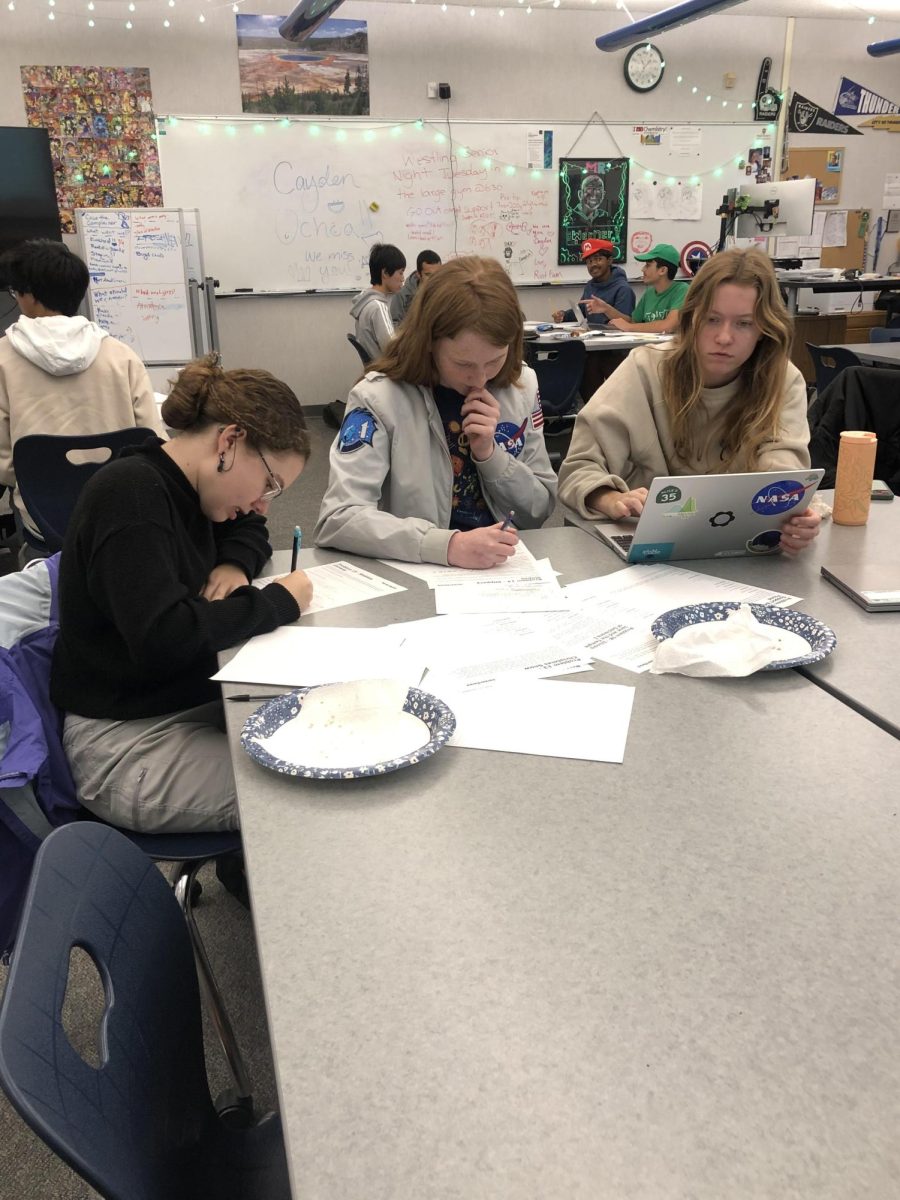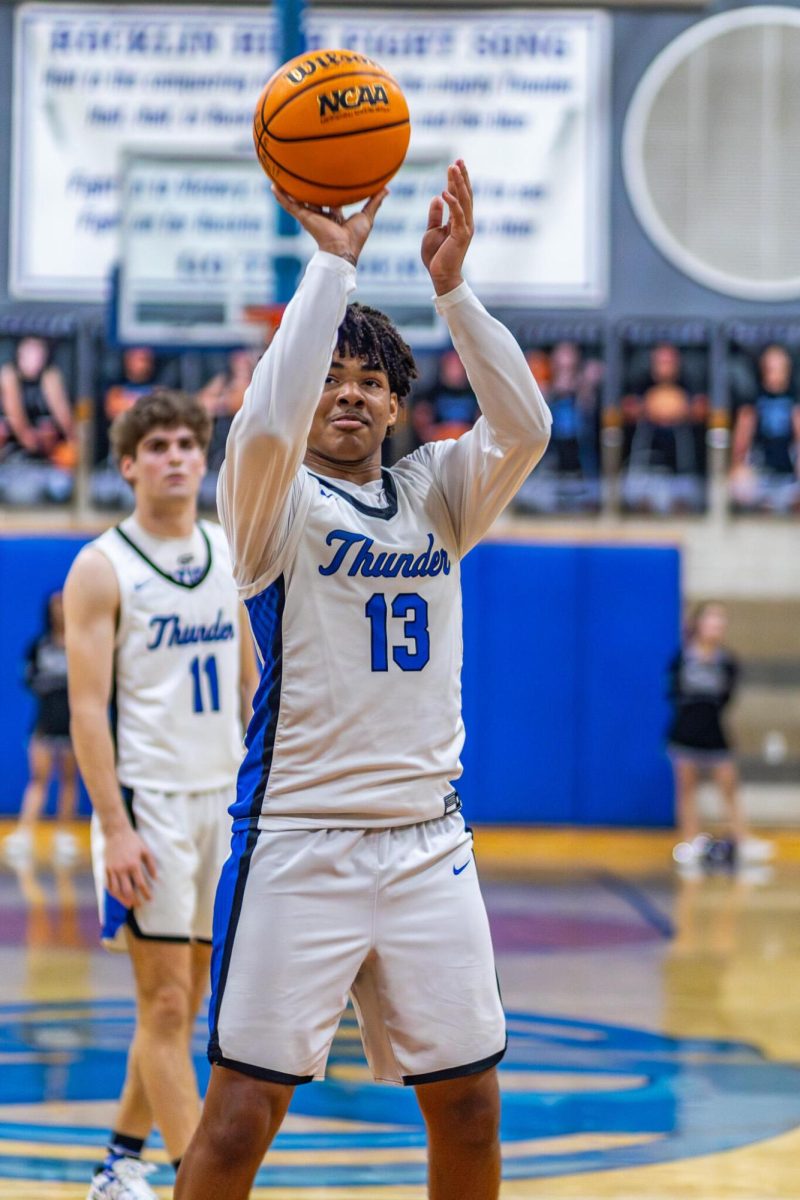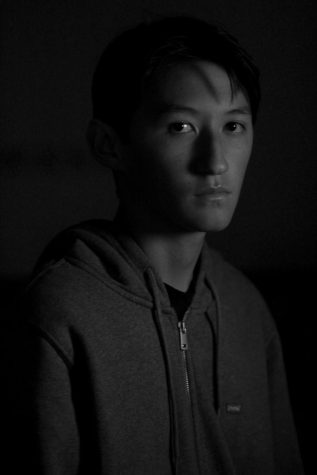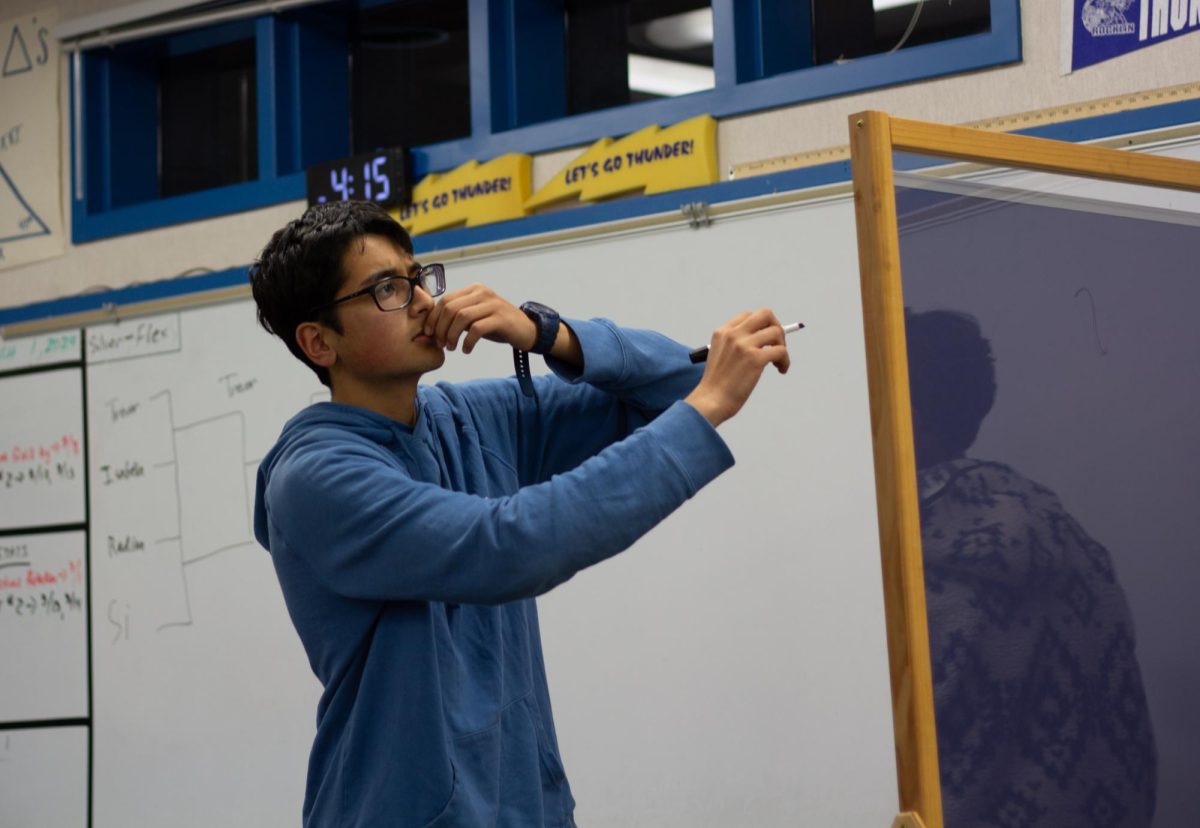
The competitors race to their whiteboards and begin to copy down the complicated calculus problem projected on the screen, glancing over their shoulders now and then to make sure they have it right. They are separated by a tall divider so that neither can see the other’s work, but the audience can watch both as they begin to write at a furious pace. The atmosphere is tense — this is the round that will decide the winner of the first annual Rocklin High School (RHS) integration bee.
Organized by RHS juniors Mateo Lopez and Rishabh Bhutani, the integration bee was a two-day calculus competition that consisted of a paper qualifying exam administered during Flex period on February 27 and three knockout rounds held after school on March 1. In the final match, junior Si Stagg claimed a narrow victory over sophomore Aryavrat Mishra, taking home $100 and a textbook.
Modeled after the MIT integration bee, the event was intended to give RHS calculus students a way to showcase their skills in the spirit of friendly competition. “It was pretty challenging,” Stagg said. “All the matches were really close and the time was pretty short and all the integrals were pretty tough.”
“We believe that integration is kind of the culmination of calculus because it combines so many skills and a lot of things really come together and there’s a lot of creativity that goes into very difficult integration problems.”
Bhutani said that the questions were designed to favor creativity over speed. “We believe that integration is kind of the culmination of calculus because it combines so many skills and a lot of things really come together and there’s a lot of creativity that goes into very difficult integration problems,” he said.
Lopez and Bhutani created all the problems used in the competition. “The difficulty of really good questions doesn’t come from it being tedious to carry out, but rather requiring some kind of higher level thinking or insight in order to solve the problem,” said Lopez. “So many problems that I make are inspired by other things that I’ve seen because coming up with an original idea is just very difficult. But sometimes I do have just an inspiration and I just try using what I know about functions to make it work.”
In addition to the effort that went into making the problems, the bee required a significant amount of planning. Lopez and Bhutani visited each calculus class to collect sign-ups and arranged for the qualifying round to take place in AP Calculus AB teacher Tara McCullough’s room during Flex. In the end, 23 students took part in the competition, and eight advanced to the knockout rounds, which were hosted by math teacher Michael Trejo. Pizza and beverages were provided to all contestants and audience members.
Mrs. McCullough said, “I thought there was a lot of interest, I was really happy to see that. And not just the BC class, but my class and even some kids that aren’t taking calculus at all right now.” She also said that the level of difficulty should “come down a little bit just to make it more accessible to more students.”
Based on feedback from a participant survey, Lopez and Bhutani are planning to reduce the time pressure for next year’s knockout rounds. “Especially during the quarterfinals, a lot of people were pressured by the clock and they made some small mistakes,” Bhutani said.
Stagg likewise found the knockout rounds to be more difficult because of the pressure. “With the time pressure, it’s like you got so many different thoughts coming together, while on paper you can kind of plan things out more accordingly and come across a solution,” he said.
Overall, Lopez and Bhutani received positive feedback and are planning to host another calculus competition in May or June. Lopez said that he hopes future leaders of the Math Competition Club will continue to hold annual integration bees even after he graduates and make the event “an enduring tradition for Rocklin High.”
